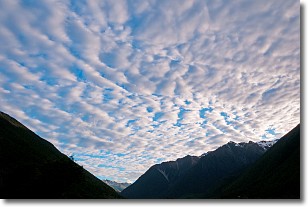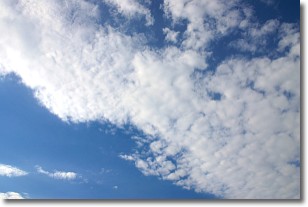Weather Alert in California
Red Flag Warning issued June 20 at 2:14PM PDT until June 22 at 5:00AM PDT by NWS Los Angeles/Oxnard CA
AREAS AFFECTED: Santa Barbara County Interior Mountains; Southern Ventura County Mountains; Northern Ventura County Mountains; Interstate 5 Corridor; Western Antelope Valley Foothills; Antelope Valley
DESCRIPTION: ...RED FLAG WARNING IN EFFECT FROM 1 PM SATURDAY TO 5 AM PDT SUNDAY FOR STRONG TO DAMAGING NORTHWEST TO NORTH WINDS AND LOW RELATIVE HUMIDITY FOR THE I-5 CORRIDOR, SANTA BARBARA COUNTY INTERIOR MOUNTAINS, VENTURA COUNTY MOUNTAINS, AND ANTELOPE VALLEY INCLUDING WESTERN FOOTHILLS... .An unseasonably strong upper level trough of low pressure will move through the region through Saturday night. West to northwest winds will continue to increase this afternoon and evening brining widespread elevated to brief critical fire weather conditions across the interior and southern Santa Barbara County. The winds are expected to further increase in coverage and speed Saturday afternoon into evening, when damaging winds will likely become more widespread across the interior. The upper trough will bring a cooling trend to the region on Saturday, but humidity levels are still expected to remain low. The National Weather Service in Los Angeles/Oxnard has issued a Red Flag Warning for strong to damaging wind and low relative humidity, which is in effect from 1 PM Saturday to 5 AM PDT Sunday. * WINDS...Northwest to north 25 to 40 mph with damaging gusts of 50 to 65 mph. * RELATIVE HUMIDITY...Areas of humidity 10 to 25 percent, gradually rising late Saturday night. * IMPACTS...If fire ignition occurs, conditions are favorable for extreme fire behavior, rapid fire growth, and long range spotting, which could threaten life and property.
INSTRUCTION: A Red Flag Warning means that critical fire weather conditions are either occurring now, or will shortly. Use extreme caution with anything that can spark a wildfire. Residents near interfaces should be prepared to evacuate if a wildfire breaks out. See readyforwildfire.org and wildfirerisk.org for information.
Want more detail? Get the Complete 7 Day and Night Detailed Forecast!
Current U.S. National Radar--Current
The Current National Weather Radar is shown below with a UTC Time (subtract 5 hours from UTC to get Eastern Time).

National Weather Forecast--Current
The Current National Weather Forecast and National Weather Map are shown below.

National Weather Forecast for Tomorrow
Tomorrow National Weather Forecast and Tomorrow National Weather Map are show below.

North America Water Vapor (Moisture)
This map shows recent moisture content over North America. Bright and colored areas show high moisture (ie, clouds); brown indicates very little moisture present; black indicates no moisture.

Weather Topic: What are Stratus Clouds?
Home - Education - Cloud Types - Stratus Clouds
 Next Topic: Wall Clouds
Next Topic: Wall Clouds
Stratus clouds are similar to altostratus clouds, but form at a
lower altitude and are identified by their fog-like appearance, lacking the
distinguishing features of most clouds.
Stratus clouds are wider than most clouds, and their base has a smooth, uniform
look which is lighter in color than a nimbostratus cloud.
The presence of a stratus cloud indicates the possibility of minor precipitation,
such as drizzle, but heavier precipitation does not typically arrive in the form
of a stratus cloud.
Next Topic: Wall Clouds
Weather Topic: What are Altocumulus Clouds?
Home - Education - Cloud Types - Altocumulus Clouds
 Next Topic: Altostratus Clouds
Next Topic: Altostratus Clouds
Similar to cirrocumulus clouds, altocumulus clouds are
characterized by cloud patches. They are distinguished by larger cloudlets
than cirrocumulus clouds but are still smaller than stratocumulus clouds.
Altocumulus clouds most commonly form in middle altitudes (between 2 and 5 km)
and may resemble, at times, the shape of a flying saucer.
These uncommon formations, called altocumulus lenticularis, are created by uplift
in the atmosphere and are most often seen in close proximity to mountains.
Next Topic: Altostratus Clouds
Current conditions powered by WeatherAPI.com




